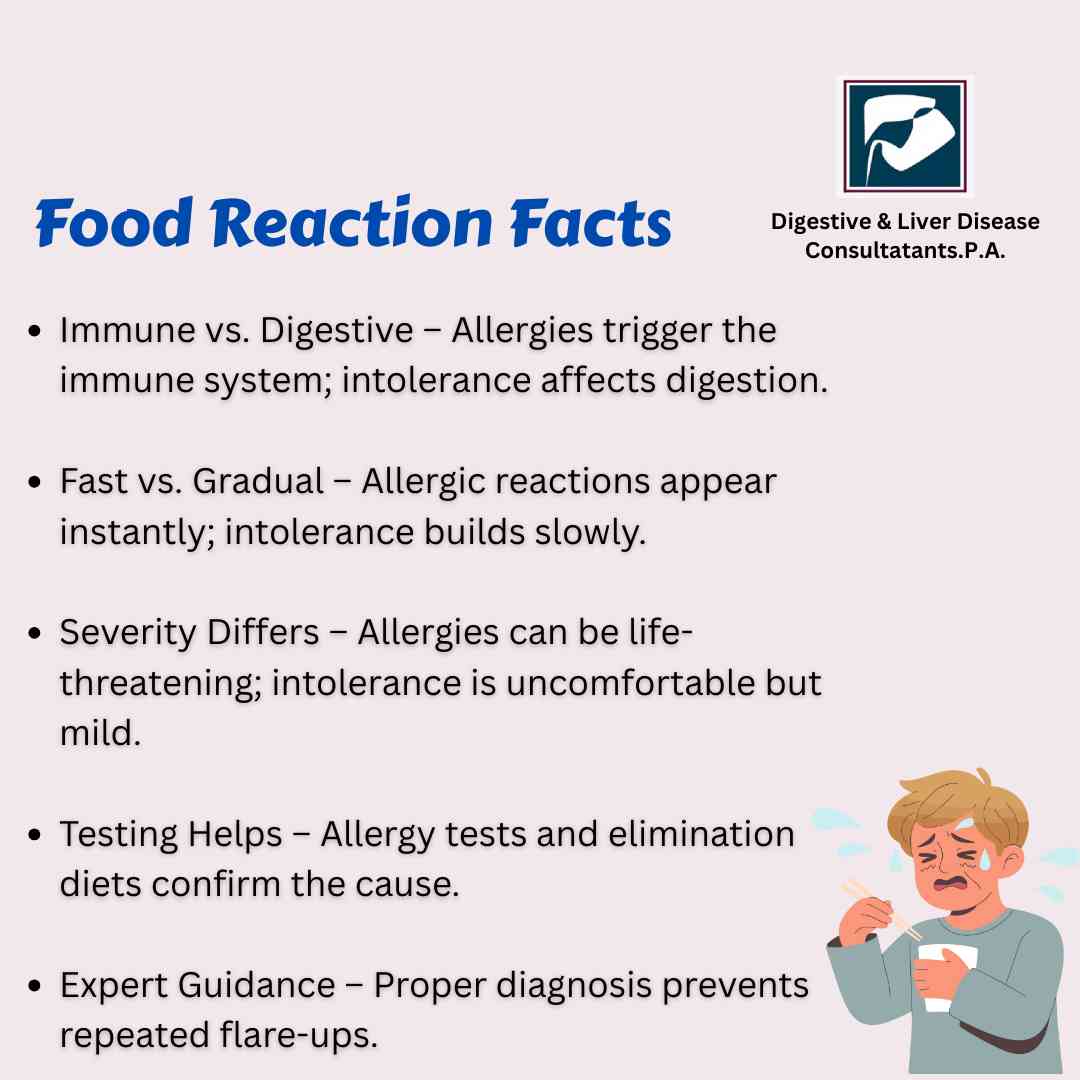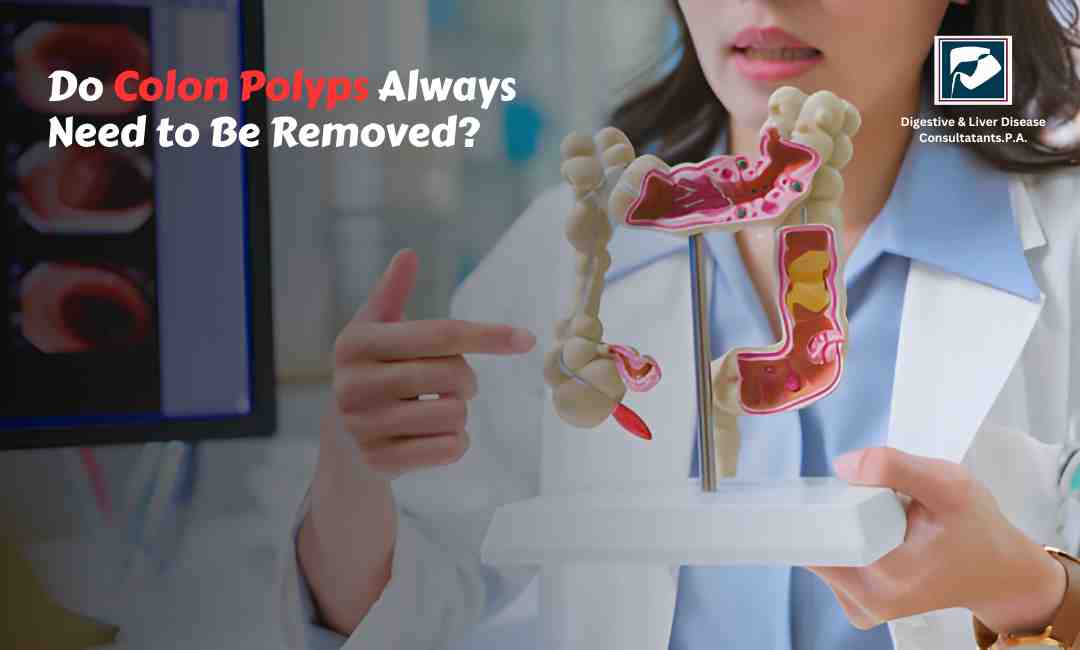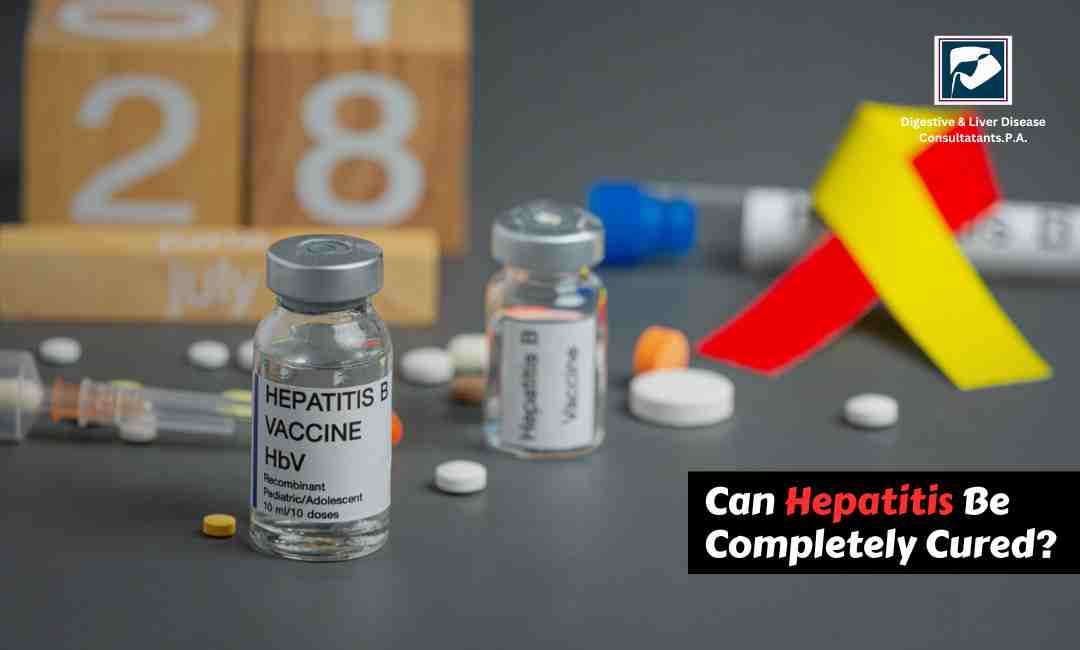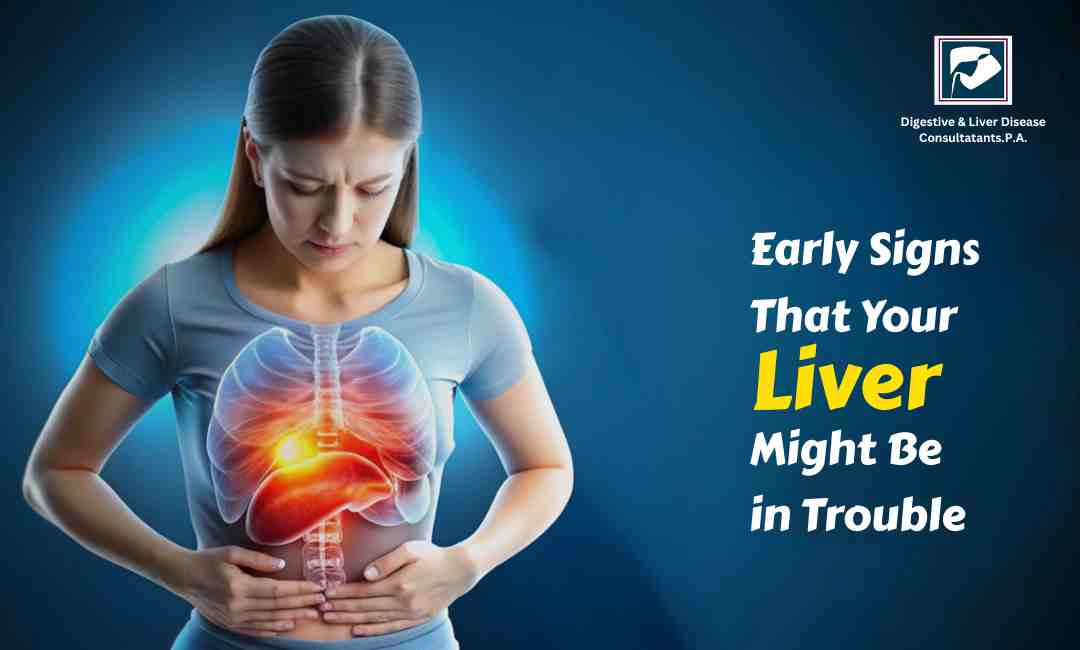Have you ever felt bloated, itchy, or sick after eating certain foods and wondered whether it was a food allergy or just intolerance? While the symptoms might seem similar, they actually come from very different body reactions. Understanding the difference between food allergies and food intolerances can help you manage your symptoms more effectively and protect your digestive health.
What Is a Food Allergy?
A food allergy occurs when your immune system mistakenly identifies certain foods as harmful. Even a small amount of the allergen can trigger an immediate and sometimes severe reaction. Common food allergens include:
- Milk
- Eggs
- Peanuts
- Tree nuts (like almonds or walnuts)
- Fish and shellfish
- Soy
- Wheat
When you have a food allergy, your immune system releases chemicals such as histamine, which can cause a wide range of symptoms — from mild hives to life-threatening anaphylaxis.

Common symptoms of food allergies include:
- Itching or swelling of the mouth, lips, or throat
- Hives or skin rashes
- Difficulty breathing or wheezing
- Abdominal pain, vomiting, or diarrhea
- Dizziness or fainting
Food allergies can be serious and should always be evaluated by a healthcare professional.
What Is Food Intolerance?
Food intolerance, on the other hand, doesn’t involve the immune system. It happens when your digestive system has trouble breaking down certain foods. This can occur due to enzyme deficiencies, sensitivity to additives, or reactions to naturally occurring chemicals in foods.
For example:
- Lactose intolerance occurs when your body lacks lactase, the enzyme needed to digest lactose (milk sugar).
- Gluten sensitivity may cause digestive discomfort after eating wheat or related grains.
- Additive sensitivities can result from substances like MSG or artificial coloring.
Common symptoms of food intolerance include:
- Gas or bloating
- Stomach pain or cramps
- Nausea
- Diarrhea
- Headaches
These symptoms usually appear gradually and depend on how much of the food is eaten.
How to Tell the Difference
It’s easy to confuse a food allergy with food intolerance since both can cause digestive symptoms. However, there are key differences:
| Feature | Food Allergy | Food Intolerance |
| System involved | Immune system | Digestive system |
| Onset | Immediate (minutes to hours) | Gradual (hours to days) |
| Severity | Can be life-threatening | Usually uncomfortable, not life-threatening |
| Amount needed to trigger | Even a trace | Larger amounts |
| Diagnosis | Skin test or blood test | Elimination diet or breath test |
If you experience sudden swelling, breathing problems, or hives after eating, it’s likely an allergic reaction and requires immediate medical attention. On the other hand, if your symptoms are limited to bloating, gas, or mild stomach upset, you may be dealing with an intolerance.
How Are They Diagnosed?
Accurate diagnosis is key to managing your symptoms safely. Here’s how doctors typically determine the cause:
For food allergies:
- Skin prick tests
- Blood tests to detect IgE antibodies
- Oral food challenges under medical supervision
For food intolerances:
- Lactose or hydrogen breath tests
- Elimination diets to identify trigger foods
- Food diaries to track symptoms
Avoiding self-diagnosis is important, as unnecessary food restrictions can lead to poor nutrition and other health issues.
Managing Food Allergies and Intolerances
For food allergies:
- Avoid the allergen completely — even trace amounts can cause severe reactions.
- Always read food labels carefully.
- Carry an epinephrine auto-injector (EpiPen) if prescribed.
- Inform family, friends, and restaurants about your allergy.
For food intolerances:
- Limit or avoid trigger foods in your diet.
- Try lactase supplements or enzyme replacements if appropriate.
- Keep a food diary to identify and manage triggers.
- Work with a gastroenterologist or dietitian to ensure balanced nutrition.
When to See a Gastroenterologist
If you’re struggling with recurring digestive discomfort, bloating, or food reactions that don’t seem to go away, it’s time to see a digestive specialist. A gastroenterologist can help pinpoint whether your symptoms are due to intolerance, allergy, or another underlying digestive condition.
Expert Digestive Care in Texas
At Digestive & Liver Disease Consultants, P.A. (DLDC), our team of board-certified gastroenterologists provides advanced care for all types of digestive and liver conditions, including food allergies, intolerances, and malabsorption disorders. Using state-of-the-art diagnostic tools and personalized nutrition guidance, we help patients find lasting relief and improve their quality of life.
Conclusion
Understanding the difference between a food allergy and food intolerance can make a huge difference in how you manage your health. While allergies involve your immune system and can be life-threatening, intolerances typically affect digestion and cause discomfort. Recognizing your symptoms and getting the right diagnosis is the first step toward feeling better and enjoying food without fear.
If you’re struggling with persistent digestive symptoms or suspect a food intolerance, consult our best specialists at Digestive & Liver Disease Consultants, P.A. Our team can help you identify the cause and provide the right treatment so you can enjoy food and life without discomfort.






